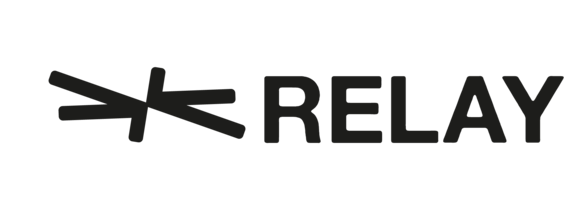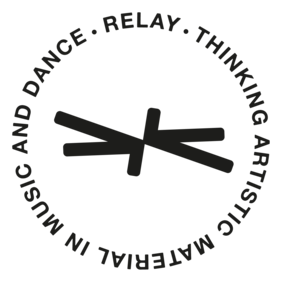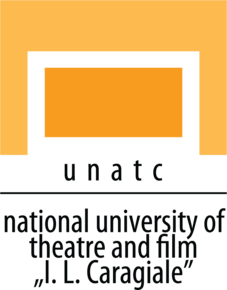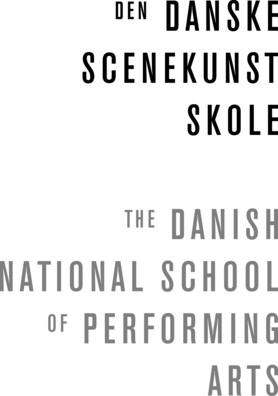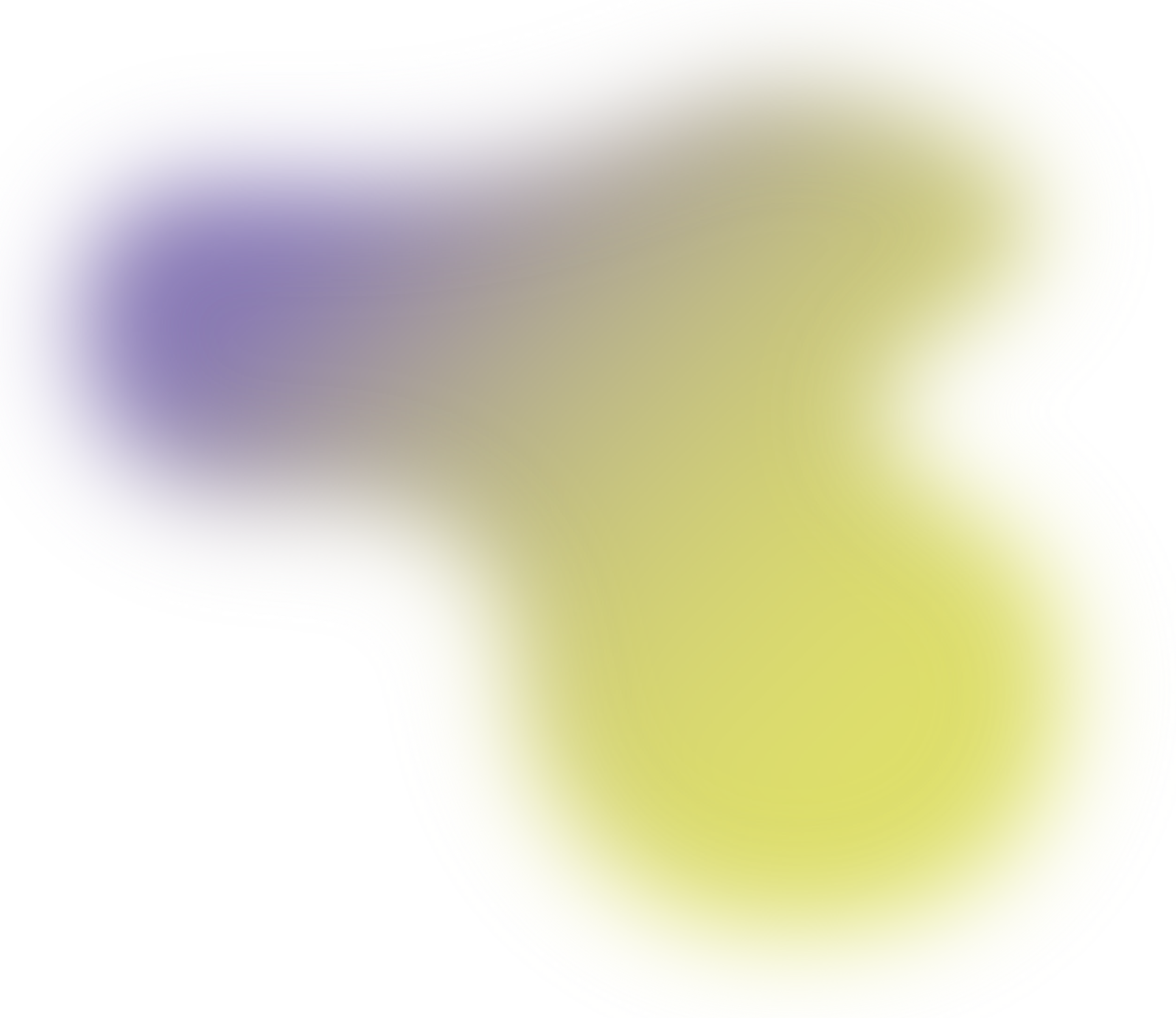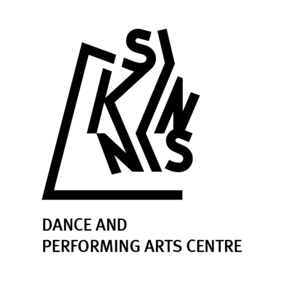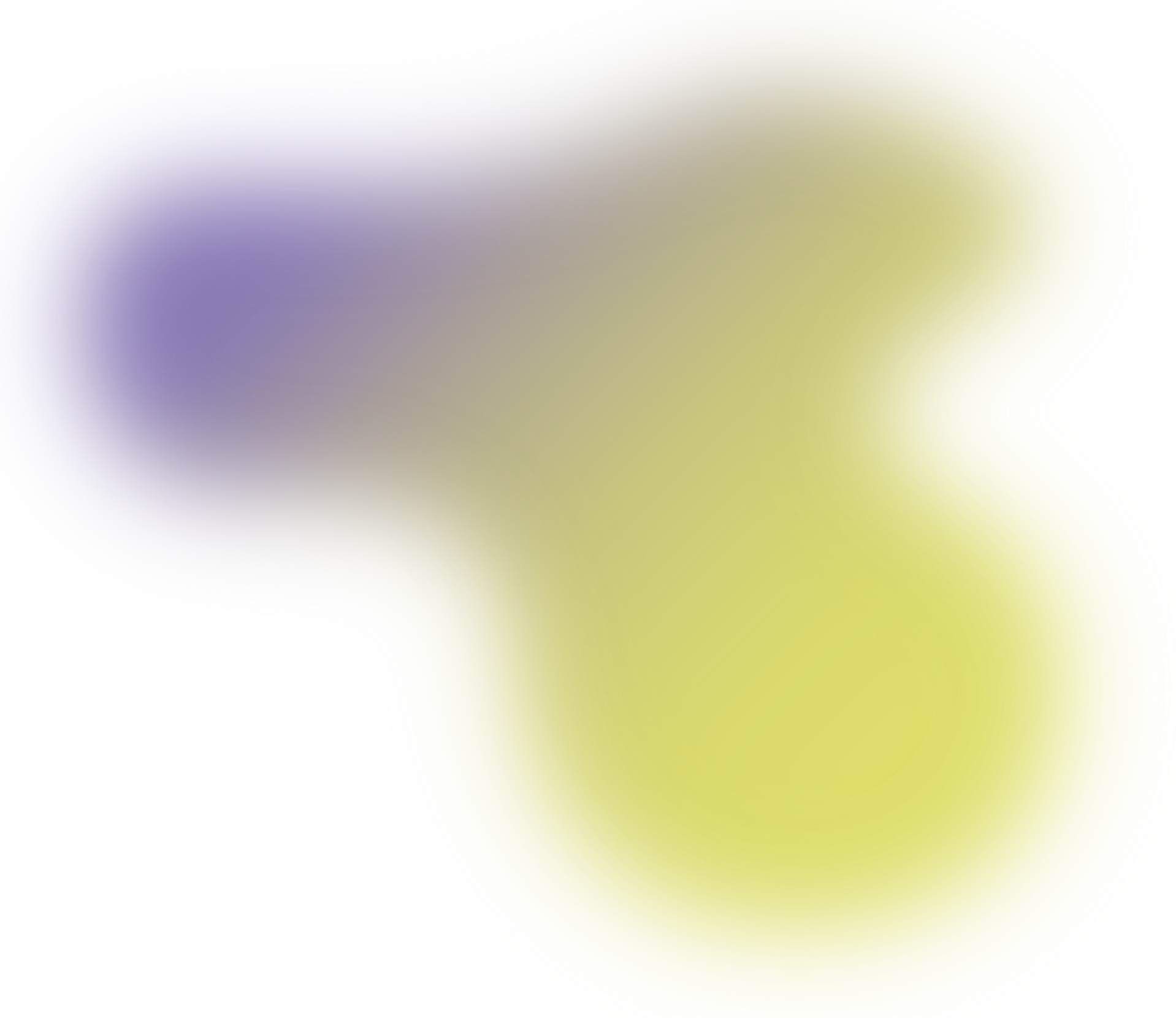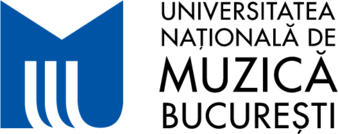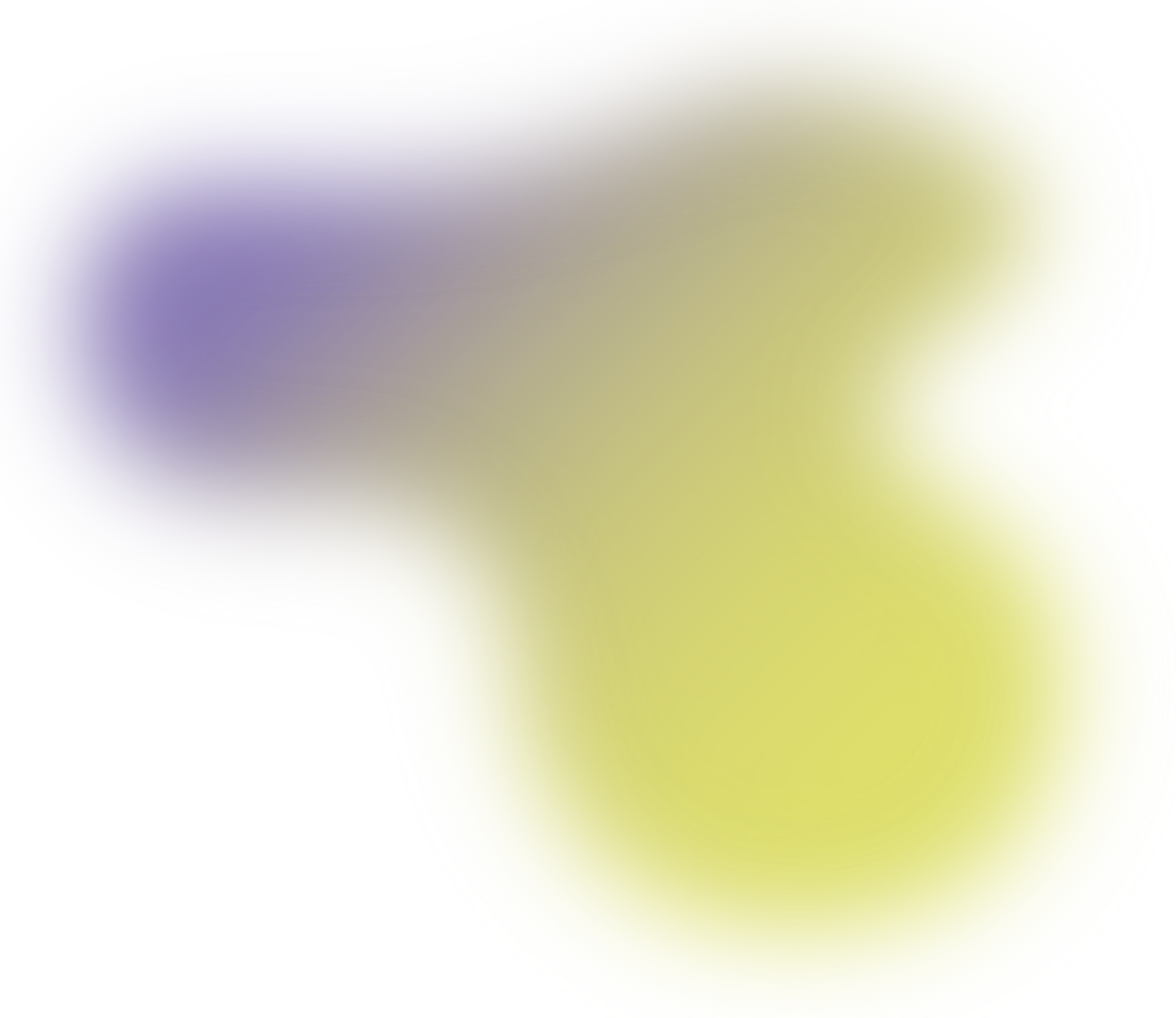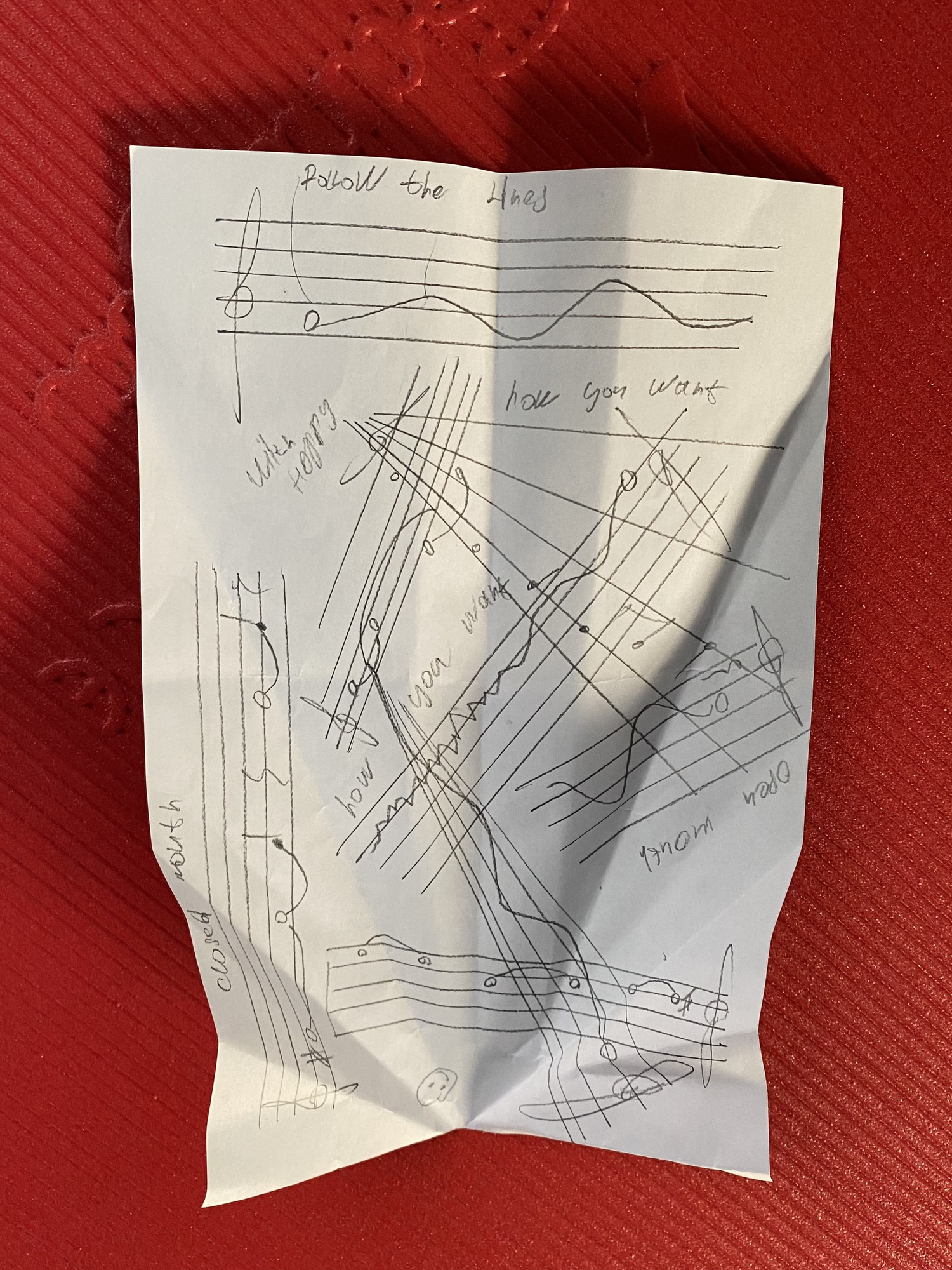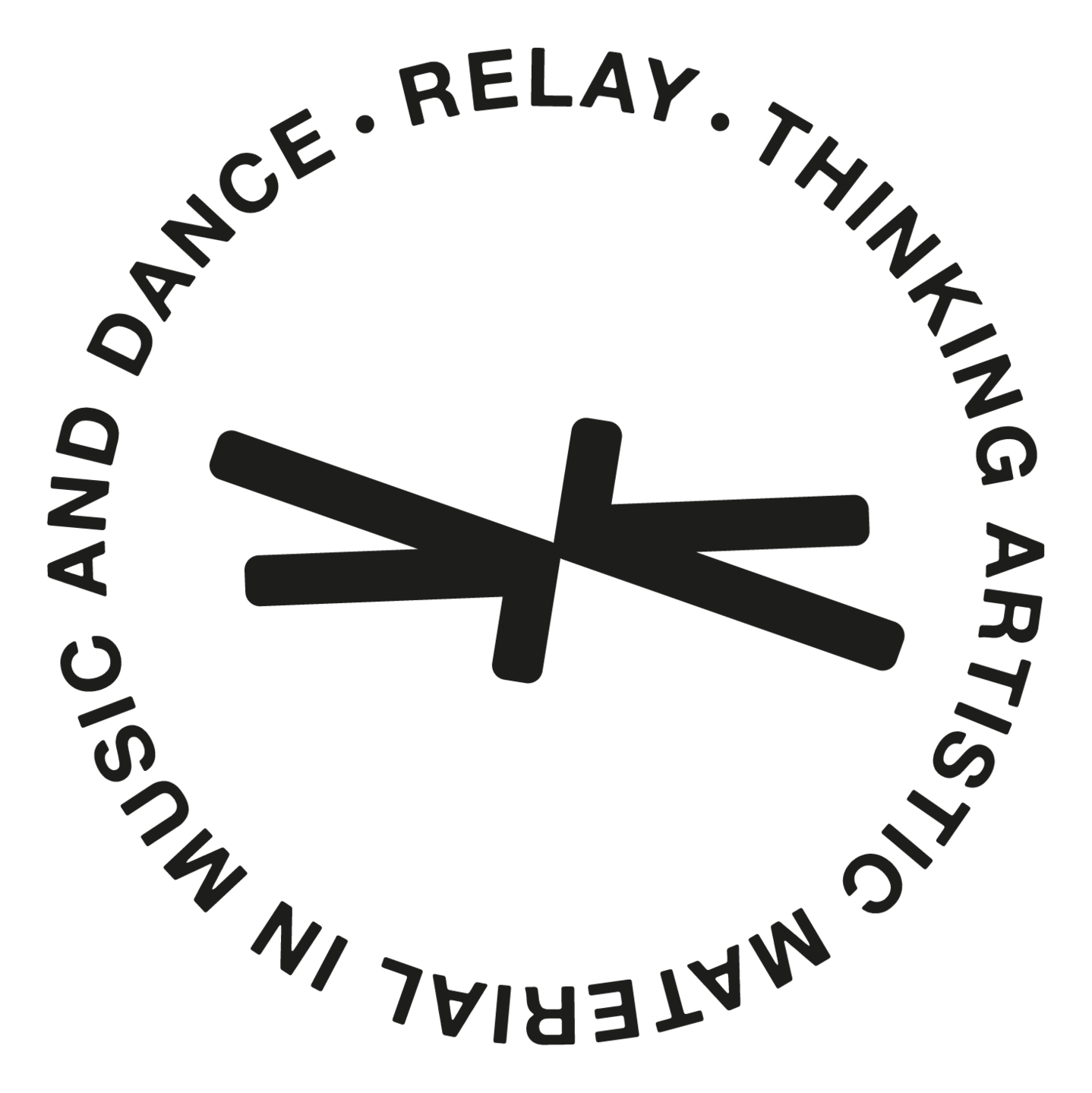Often, solving a problem or developing a creative idea depends on changing the perspective from where you approach it. You can do this by deliberately switching minds or by borrowing or contaminating concepts and ideas from related or different fields.
We have taken such an approach since the beginning of the RELAY project, starting from the premise that music and dance are very similar and very different at the same time. You can find commonalities or specific differences depending on which perspective you choose to look at them from.
Both are temporal arts, they have a material 'support' that generates vibrations/movement, they oscillate between states of intense energy and relaxation, they invite reflection, they can be abstract or programmatic, they can happen in different spaces.
They are thought, conceived by the choreographer/composer and implemented, staged by the dancers/performers. Both are based on the permanent interaction between a material part (human body/instrument-resonator body) and an immaterial one (movement- vibration/wave). Moreover they have specific ways and techniques of development and construction of form starting from fundamental elements (sound, gesture/movement).
Here you'll find seven different perspectives we explored working with artistic material in music and dance.
1
the perspective of the encounter between musician and dancer
We noticed a change in attitude, curiosity and interest in discovering the other; a real transformation of the young artists participating, visible during the meetings. In particular, the emancipation of the musicians who entered into the performative game of their fellow dancers by discovering their own bodies in different contexts and – at the same time – the force of movement, the curiosity of the dancers who participated without complexes in the sound developments proposed by the musicians.
In this context, remarkable was the joint work on the prepared piano in Copenhagen and the multiple improvisation sessions during the international meetings.
2
the perspective of material and form development
Being a central theme of the project, this refers to the two-way contamination of artistic materials, the transfer of concepts from one to another. An example is the workshop in Bucharest with composer Dan Dediu where hybrid groups developed small creations based on sketches derived from musical thinking.
3
the spatial perspective. types of spaciousness. how does this concept influence the creative process?
A theoretical model proposed in the project presented sound in three compositional spatial postures (viewed with the naked eye, through a telescope or a microscope), according to the visual perspective chosen by the composer. Depending on the context considered, sound can be the basis for specific musical structures and developing techniques. These types of acoustic behaviours invite the choreographer and dancer to reflect through the possibility of discovering or imagining analogies.
4
the interdisciplinary perspective
Concepts, specific to other disciplines and various external influences, were used in workshops to stimulate artists' creativity and how to integrate them into artistic processes: mathematics, physics, working with numbers, letters, visual medium, etc. To be mentioned in this context would be the visit to the big laser in Măgurele and the physics lesson we received.
TOOLS
on multitude of perspectives
HUMMING
Start to hum and at the same time sense into your vocal apparatus, including your spine. Notice that the vertebrae vibrate along your humming, some places clearer, some less. Start to play with pitches, volumes, different vowels and consonants, timbre and feel the tone of your voice. Tune these explorations
A. with movements or positions of your body the sound might generate (if they don´t, you can also simply play with the sensation of movement and vocalizing as 2 co-existing 'tracks' of sensation).
B. with anything else you hear in your environment. How does your sounding behave in relationship to sounds in the space you are part of? How far does this influence your relationship to the things/ other beings/ the space itself?
LISTENING
This listening practice features a selection of electro-acoustic works that showcase the range and diversity of this genre. The pieces vary in style, instrumentation, and approach, demonstrating the many ways in which electronic and acoustic sounds can interact and complement each other. Throughout the event, the listener is invited to engage with the music and explore the different sound worlds. Rooted in the awareness that social situations like a concert are never natural but represent designed, created or at least curated situations, this listening practice plays with its own constructedness and at the same time aims to facilitate a non-hierarchical being-with-others.
RELAYING
Start with identifying one or several 'in-betweens': how can you make them concrete for you? Explore what you start to identify as an in between e.g. a time span between two events, or a space between two bodies and concretize by asking: what lives in this in between that I am exploring right now? What is passed on, what stays in this space or time zone? What is my role in it? What do in-betweens have in common?
After exploring, maybe you become more aware of 'in-betweens' in (your) life, and value what they have to offer, and what they do for us? And also perceive them as potential agents?
RELAYING (writing practice)
For the project outcome ARTicle we use the base concept of Relay as a writing method. This is to assure a multiplicity of perspectives and to test our method in various contexts. It means we move away from the idea of one author, and maybe even from co-writing, to instead try a form of dissolved authorship, where everyone’s voice is heard but it is the words of no one. However, it still needs some organizing principle, which will be the role of the editor. The editor initiates the writing, gathers materials from collective discussions and writings to put a first draft together. The editor can ask for specific contributions from the others, or simply to get feedback on the draft. This will generate a first version of the text. This text will be passed on later from editor to editor, as a form of filtering that also allows the different texts to find a more similar tone. It will eventually land with one editor who makes the final version. There is one text for each category, which you find here on this Research Catalogue page. The texts will be accompanied by other media, such as audio, video and imagery (photos and/or drawings).
MENTORS RELAY (in pairs)
To give the participant a chance to discover a multiplicity of perspectives, we developed a transitional method for mentoring in the Copenhagen encounter. The mentors were paired up and visited the working groups and asked them how they would like to use the mentoring time. This allowed the participants to take responsibility for what kind of mentoring they needed, and that they would always get two different feedbacks from the two mentors. The following day the mentors would be paired up differently, ensuring both continuity and new perspectives as one of the mentors would revisit the same group, and the other would be someone they had not met.
WEAVING
A relay setting invented by one of the three student groups in the encounter in Copenhagen resulted in a rendering of a weaving process that addressed the presence and absence of representation and the intersection of technology and analogy. The arrangement chosen in Copenhagen combined the process of weaving with the technology of video. It showed passages of a 'weaver' whose sounds or movements had produced the translated designs of the earlier 'weaver', which in turn were translated by the current weaver into newly transformed patterns. The video and audio recordings created an acoustic/visual relay that highlighted sound and movement as catalysing creative material. It addressed the transformative nature of material - a video by musicians created through the translational designs of performers, in which they transformed the visual and aural codes applied to the material and translated them into sound and image, creating a feedback loop and the possibilities of communication.
In the frame of a seminar in Cologne (which served as an in-between event between the encounters in Copenhagen and Bukarest to filter the knowledge of the RELAY project into the curriculum in Cologne`s university) the setting was slightly adapted. While in Copenhagen video material formed the starting point for the transformation process. In this process analogue materials from students in Cologne served as the starting point for the transformational process. Students from Bucharest transformed the given analog materials into digital compositions and re-layed them to the Cologne group at the end of the seminar. The process invited to invest into the following questions: What potentials and scopes arise when we understand the materials as a starting point for scores? What dynamics and materialities unfold in the work? And how do composers deal with them in this function?
PLAYING
Playing is a negotiation of agreeing to, following or making up rules and often also challenging or bending these rules, or even cheating. Playing is practicing rules within a usually chosen and safe frame. This is obvious when observing young animals’ play-fights as a preparation for the real fight, they will be confronted with as fully-grown animals. A playful attitude fosters learning capacities, aliveness, enthusiasm and certainly social skill building. In their pure form, both play and arts are free from product orientation in the economic sense of the term - and thus provide examples of social structures and dynamics other than neoliberal growth - oriented frames.
We practice playfulness by surprise: playing games. It could be any kind of game, directly related or seemingly unrelated to the project’s context. We observe if - and if yes, how - a playful mind influences the course of our day(s).
We can sometimes also take each other's roles and keep working on our agenda, from the perspective of the playful alter ego and witnessing the others taking on other characters.
Maybe these interventions will only lead to having some fun, or gaining some energy ( e.g. in the middle or end of the day) - reason enough to play! Or maybe relevant findings turn out as unexpected results of a game.
5
the technological perspective. interacting with technology, its dark and light sides
Students used technology both in the creative process and for documentation and communication. A question still remains: What is the limit of the amount we let it interfere with the work of the artistic creator?
6
the pedagogical perspective
Many ideas developed in the project have been or will be taken up and implemented in the learning process - in various ways or formats.
»I realised that it wouldn't be a bad idea for us musicians to explore the concert space with the same enthusiasm as dancers and choreographers, to prepare our bodies before any performance, and to acquire that recognition: the awareness of the present moment and the artistic act, unaffected by flying thoughts, worries or fears.«
PhD student Alex Mușat,
who participated as an observer at the LTTA in Bucharest.
7
the perspective of gesture and its presence in the score
Meaning and interpretation of gesture in music and dance is an idea that can be approached and developed in many ways.
Themes for reflection that encourage approaches from different angles of visibility, with the idea of generating new ideas and creativity as well as pedagogical impulses for artists belonging to both fields - music and dance - could be:
- Perspectives on 'immaterial atoms', the basis of formal developments: sound and gesture/movement. If sound has harmonics, what are the "harmonics" of movement?
- Perspectives on the human body/resonating body, the 'material-generative' part of the artistic act. How do dancers and musicians interact with different kinds of materials?
- Types of spatiality. How does this concept influence the creative process?
- Possibilities for (i)material development. Reflections on form/content
- Meaning and interpretation of gesture in music and dance
- Various external influences and how they can be taken up/integrated into artistic processes: numbers, letters, visual medium, etc.
- Interacting with technology, its dark and light sides. What is the limit to which we let it interfere with the work of the artistic creator?
